Are you ready to meet the most adorable and fascinating mixed breed dog?
Get ready to be captivated by the Chabrador! This extraordinary breed combines the best traits of the Chow Chow and Labrador Retriever, resulting in a companion that is as stunning as it is intelligent.
With their striking appearance and adaptable nature, Chabradors are the perfect addition to any home, whether you have a spacious house or a cozy apartment.
But that's just the beginning! In this article, we will uncover the secrets behind their unique personality, health considerations, and the fascinating history of their creation.
So, get ready to discover the world of Chabradors and prepare to be amazed!
Key Takeaways
- Chabradors are a mixed breed dog, not a purebred, and come in various colors.
- They have dense, double-layered, waterproof coats that are short to medium in length.
- Chabradors can be snappy when performing guard dog duties and may be wary of strangers.
- Proper training from the start is essential for Chabradors due to their serious nature.
Apartment Living Considerations
When considering apartment living, it's important to prioritize qualities such as being quiet, low-energy, and displaying good behavior towards neighbors, regardless of the size of the dog breed.
Adapting well to apartment living isn't solely dependent on size alone. It's crucial to also consider the energy levels of the dog breed. While certain small dog breeds with higher energy levels can still thrive in apartments, some larger breeds can also adapt well to apartment living.
When selecting a dog, it's essential to take into account your neighbors' comfort. Prioritizing qualities such as being quiet, low-energy, calm indoors, and exhibiting good manners is crucial.
Additionally, some dogs are easier to train and more easygoing than others. Highly sensitive, independent thinking, or assertive dogs may be harder for first-time owners. Consider your dog-owning experience when choosing a new pooch as dogs who are good for experienced owners may be a better match.
Some dogs have low sensitivity levels and can handle a noisy and chaotic household.
Tolerance for Being Alone
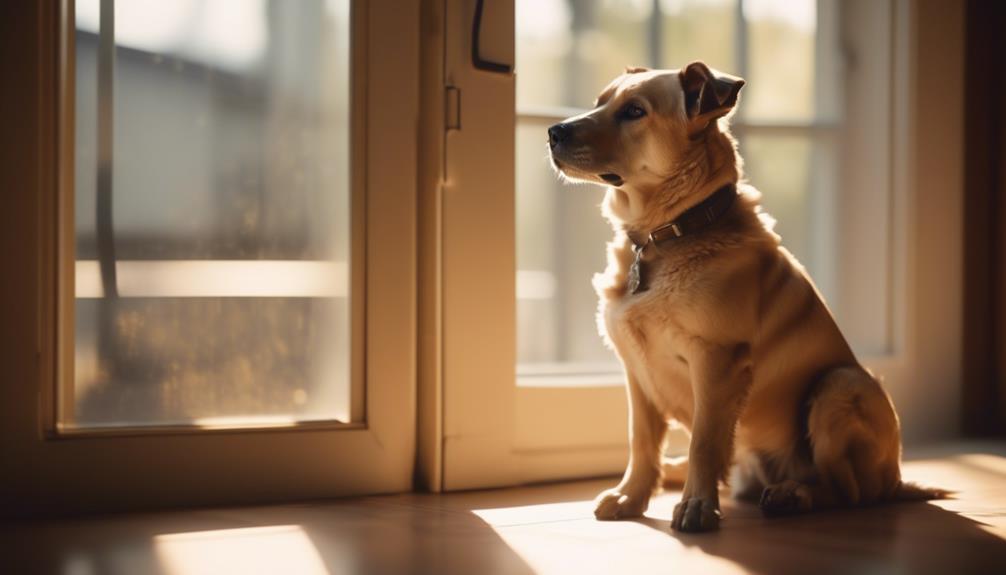
To ensure the well-being of your dog in an apartment setting, it is crucial to consider their tolerance for being alone. Some breeds bond closely with their family and may panic when left alone, leading to destructive behavior. It is important to evaluate if a family member can be home during the day or if you can take the dog to work. Certain breeds are poorly suited to be alone for long periods of time, so it is essential to take their tolerance for being alone into account when choosing a breed. A table has been provided below to help you understand the different breeds and their tolerance for being alone:
| Breed | Tolerance for Being Alone |
|---|---|
| Chabrador | Moderate |
| Labrador | Low |
| Chow Chow | Low |
| Golden Retriever | Moderate |
Tolerance for Cold and Hot Weather
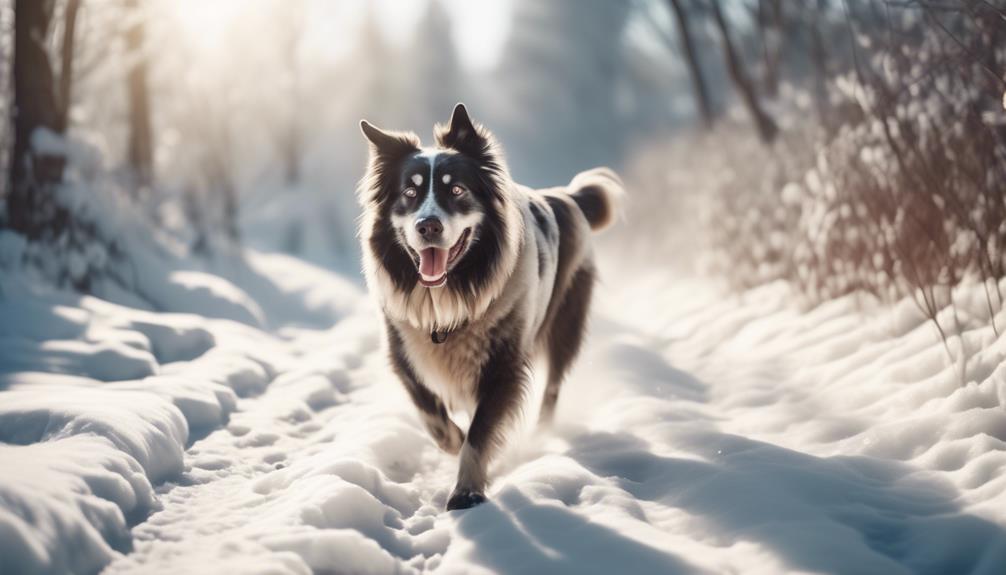
The tolerance for cold and hot weather varies among different dog breeds. Breeds with short coats and no undercoat or body fat are more vulnerable to the cold. These dogs need to live inside in cool climates and may require a jacket or sweater for chilly walks.
On the other hand, breeds with thick, double coats are more susceptible to overheating. Dogs with short noses may also struggle to pant and cool themselves off effectively.
When choosing a dog breed, it's important to consider the weather conditions in your area and the breed's tolerance for hot and cold weather. This will help ensure that your dog stays comfortable and safe in different climates.
Chabrador Breed Highlights
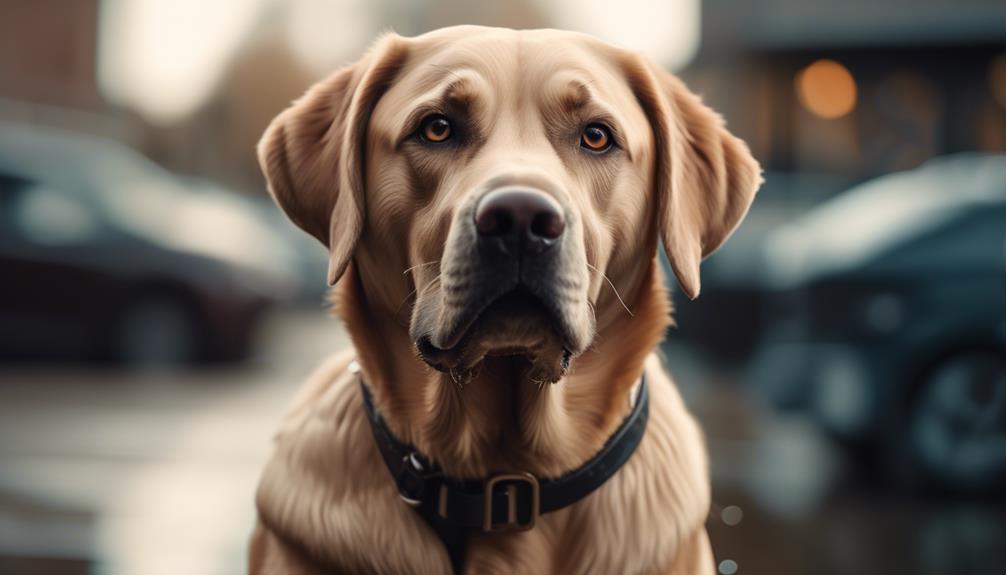
Chabradors are a mixed breed of dogs, known for their striking coat colors and dense, waterproof fur. Here are some highlights about this unique breed:
- Coat Colors: Chabradors come in a variety of colors, including light tan, black, gold, cream, blue, and reddish brown. Their coat colors can be quite eye-catching and add to their overall appeal.
- Dense, Waterproof Coats: Chabradors have double-layered coats that are both dense and waterproof. This makes them well-suited for outdoor activities and protects them from the elements.
- Guardian Instincts: Chabradors can display a snappy nature when performing guard dog duties and may be wary of strangers. However, with proper training, they can form strong and loyal bonds with children and exhibit guardianship instincts.
These breed highlights make Chabradors a unique and versatile choice for dog lovers seeking a mix of striking coat colors and protective instincts.
Chabrador History
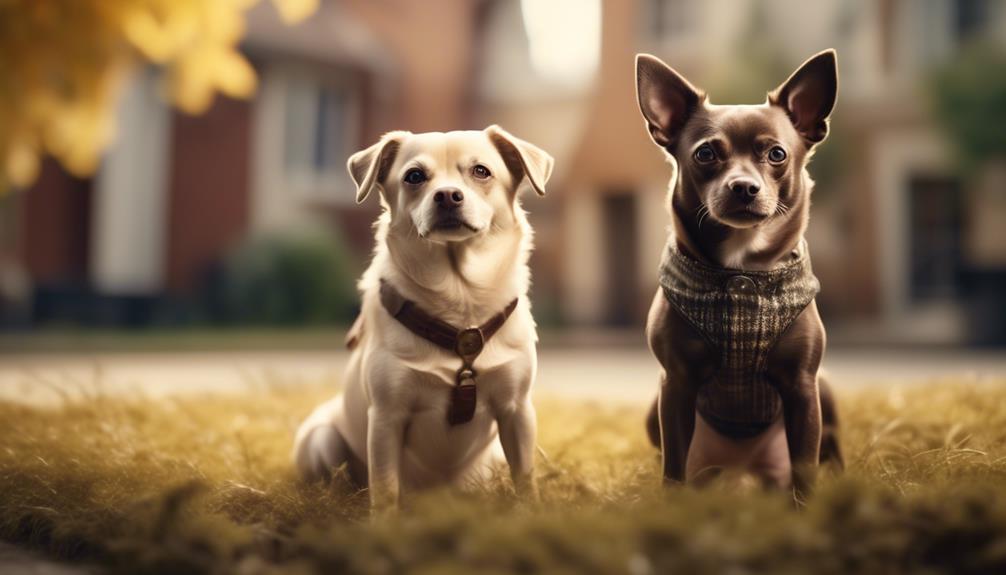
Combining the heritage of the Chow Chow and Labrador Retriever, the Chabrador is a designer dog breed with a fascinating history.
The Chow Chow is an ancient breed from China, originally used for guarding temples and hunting. They were highly valued for their loyalty and protective nature.
On the other hand, the Labrador Retriever originated in Canada and was primarily bred for its excellent hunting and working abilities.
These two breeds were crossed to create the Chabrador, which inherits traits from both its parent breeds.
The Chabrador's history as a designer breed is relatively recent, with the goal of combining the desirable qualities of the Chow Chow's guarding instincts and the Labrador Retriever's intelligence and friendly nature.
Today, Chabradors can be found in shelters, so consider adopting one to give them a loving home.
Chabrador Size
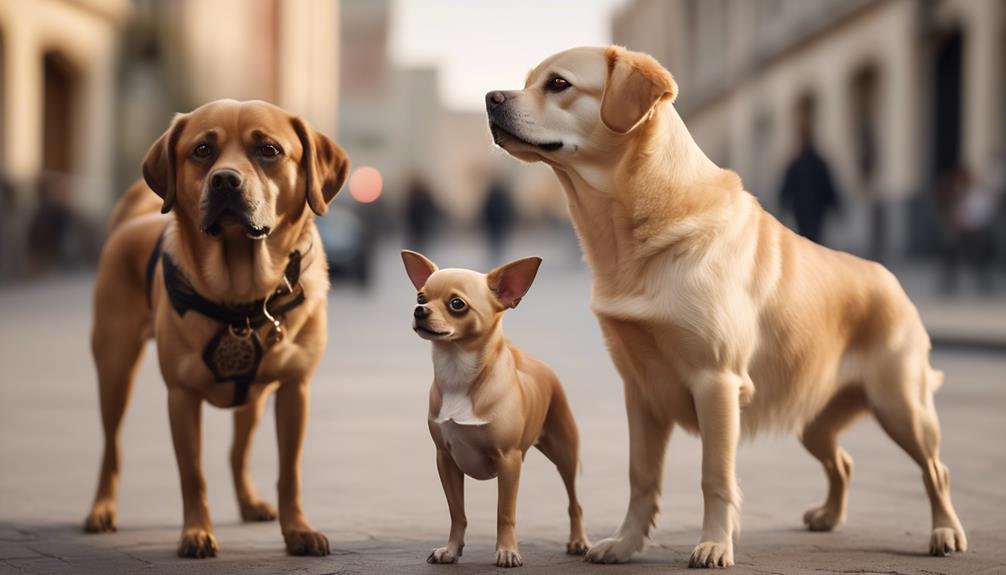
After exploring the fascinating history of the Chabrador, it's now time to delve into the topic of Chabrador size. Here are some key points to know about the size of Chabradors:
- Medium-sized dogs: Chabradors are typically described as medium-sized dogs.
- Weight and height range: They usually weigh between 45 to 80 pounds and stand 18 to 24 inches tall.
- Gender differences: Female Chabradors are usually slightly smaller than males.
It's important to note that size standards may vary due to the mixed nature of the breed. The exact size of a Chabrador can be determined by individual genetics and breeding.
Chabrador Personality
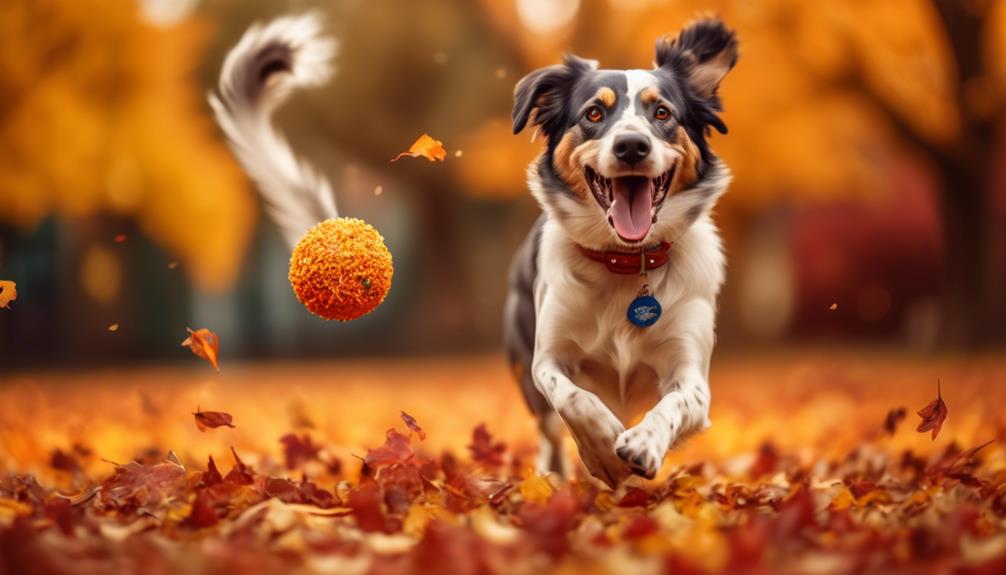
Chabrador dogs are known for their unique and distinctive personalities. They can be feisty and snappy when needed for guarding, but they also make great family dogs. Proper training from the start is essential due to their serious nature.
Chabradors are smart and learn quickly, benefiting from interactive toys. They require moderate amounts of exercise and can adapt well to smaller home situations.
Chabradors are generally considered healthy dogs, although they may be susceptible to health conditions faced by Chow Chows and Labrador Retrievers. Regular veterinary checkups are important to detect any health concerns early. Common health problems include cerebellar abiotrophy, cataracts, patellar luxation, and hip dysplasia.
Consult with your vet for specific recommendations regarding your Chabrador's health and wellness.
Chabrador Health
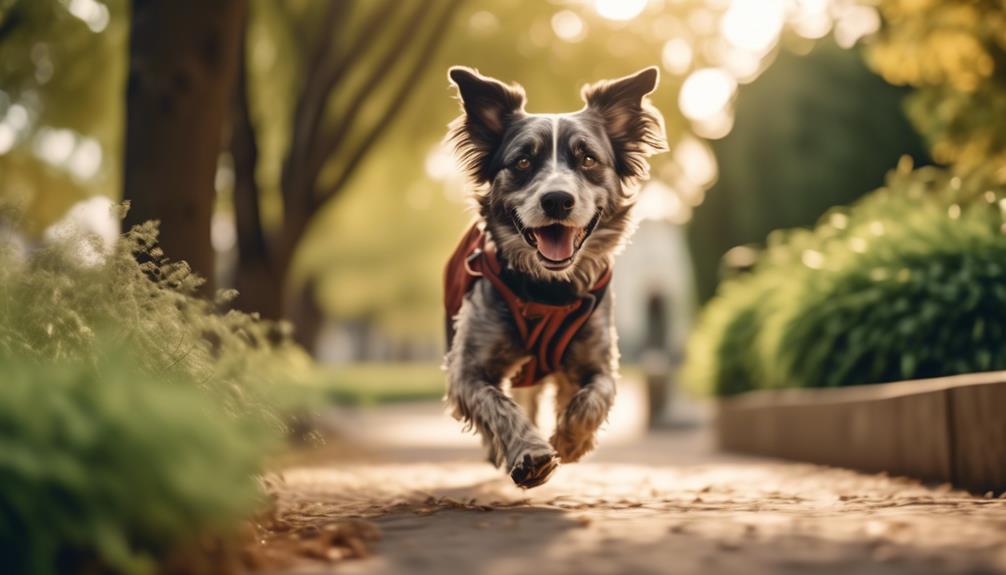
Regular veterinary checkups are essential for maintaining the health and well-being of your Chabrador. Here are some important health considerations for your Chabrador:
- Health conditions: Chabradors are generally considered healthy dogs. However, they may be susceptible to health conditions faced by Chow Chows and Labrador Retrievers. Common health problems that Chabradors may experience include cerebellar abiotrophy, cataracts, patellar luxation, and hip dysplasia. Regular checkups with your veterinarian can help detect any potential health concerns early.
- Veterinary recommendations: It's important to consult with your vet for specific recommendations regarding your Chabrador's health and wellness. Your vet can provide guidance on vaccinations, preventive care, and nutrition that are appropriate for your Chabrador's individual needs.
- Overall well-being: In addition to regular checkups, maintaining a healthy lifestyle for your Chabrador is crucial. This includes providing a balanced diet, regular exercise, and proper grooming. Keeping your Chabrador mentally stimulated and providing a safe and comfortable environment are also important for their overall well-being.
Chabrador Coat Colors
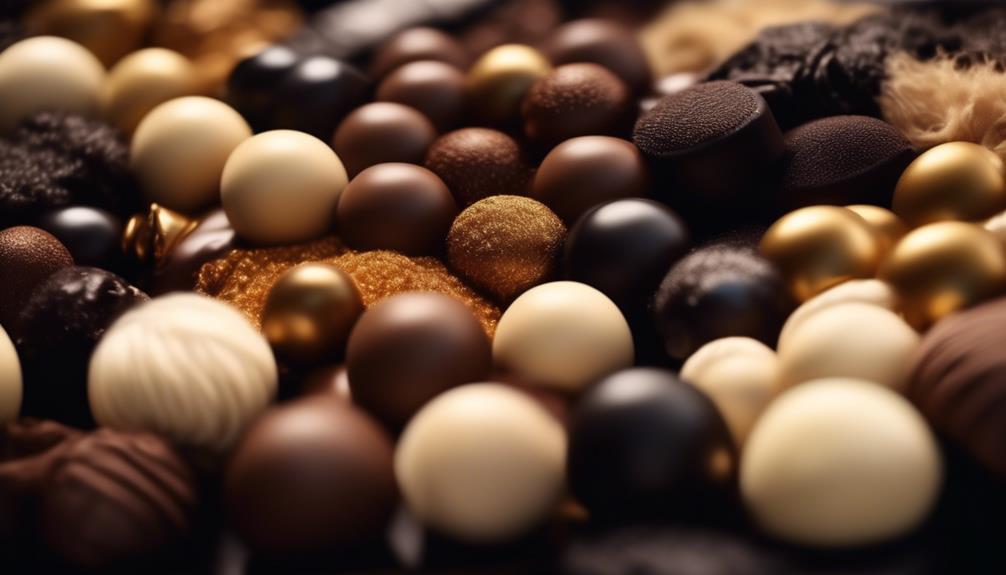
When discussing the coat colors of the Chabrador, it's important to note the variety of shades and hues that can be found in this mixed breed dog. Chabradors can come in colors such as light tan, black, gold, cream, blue, and reddish brown. These coat colors can vary in intensity and may have different patterns or markings.
It isn't uncommon to find Chabradors with a solid coat color or with a combination of two or more colors. The coat of a Chabrador is typically dense, double-layered, and waterproof. It's short to medium in length, providing protection and insulation.
The specific coat color of a Chabrador can be influenced by the genes inherited from its Chow Chow and Labrador Retriever parents.
Chabrador Temperament
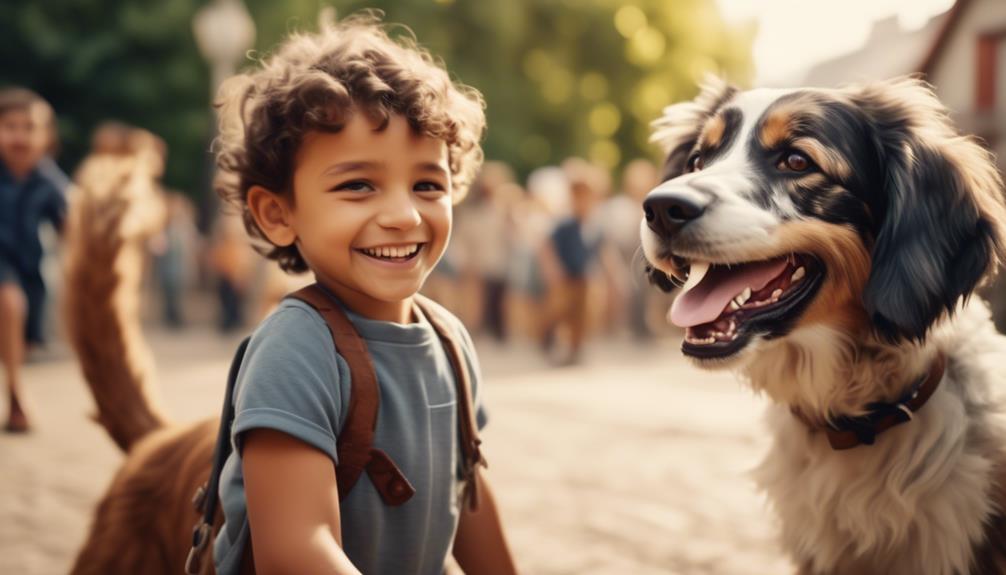
After discussing the various coat colors of the Chabrador, it's important to now explore the temperament of this mixed breed dog.
Chabradors can be feisty and snappy when needed for guarding duties. They may exhibit wariness towards strangers, making them excellent family watchdogs.
Proper training from the start is crucial due to their serious nature. Chabradors are intelligent and quick learners, benefiting from interactive toys and mental stimulation.
They require moderate amounts of exercise and can adapt well to smaller living spaces, such as apartments. This adaptability makes them suitable for a variety of lifestyles.
The Chabrador's temperament combines the protective instincts of the Chow Chow with the friendly and loyal nature of the Labrador Retriever. With the right training and socialization, Chabradors can become well-rounded companions, forming strong bonds with their families and exhibiting excellent guardianship instincts.
Chabrador Training Needs
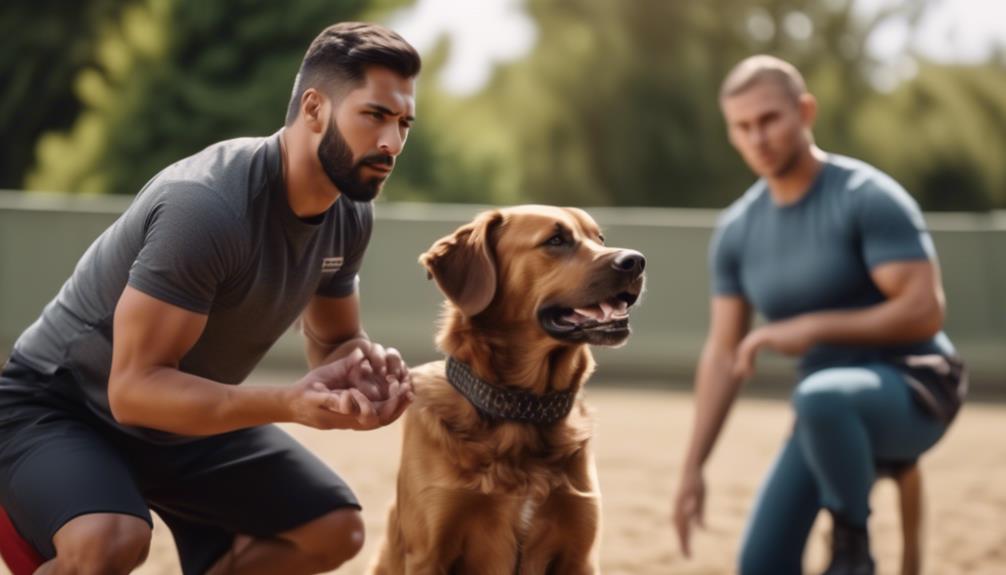
To effectively train a Chabrador, it's important to establish yourself as the pack leader and provide consistent, positive reinforcement. Chabradors are intelligent dogs that respond well to training methods that focus on positive reinforcement and consistency.
Begin training as early as possible to establish good habits and prevent any unwanted behaviors from developing. Use rewards such as treats and praise to reinforce desired behaviors and avoid punishment or harsh training techniques, as this can be counterproductive.
Chabradors benefit from mental stimulation and interactive toys, so incorporate these into their training routine. Socialization is also key, as Chabradors can be wary of strangers. Expose them to different people, animals, and environments to help them become well-rounded and confident dogs.
With patience, consistency, and positive reinforcement, you can train your Chabrador to be a well-behaved and obedient companion.
Chabrador Exercise Requirements
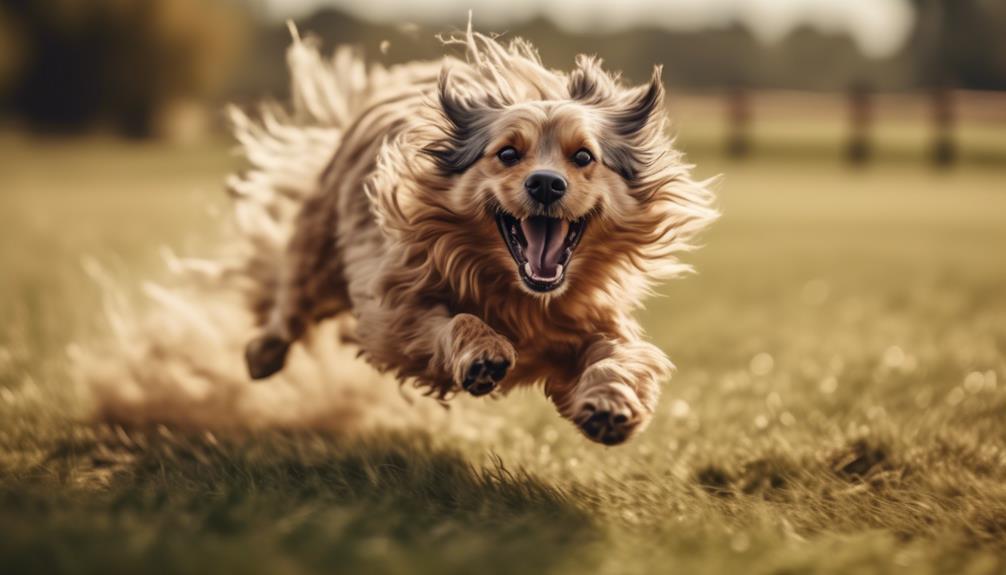
Now let's turn our attention to the exercise requirements of Chabradors, as keeping them active and engaged is essential for their overall well-being.
Here are three important factors to consider when it comes to the exercise needs of Chabradors:
- Moderate Exercise: Chabradors require moderate amounts of exercise to keep them physically and mentally stimulated. Daily walks, play sessions, and interactive toys are recommended to meet their activity needs.
- Adaptability: Chabradors are adaptable and can adjust to different living situations, including smaller homes or apartments. However, it's important to provide them with regular exercise opportunities to prevent boredom and ensure their well-being.
- Mental Stimulation: In addition to physical exercise, mental stimulation is crucial for Chabradors. Engaging their minds with puzzle toys, obedience training, and interactive games can help prevent behavioral issues and promote a healthy, well-rounded dog.
Chabrador Grooming Tips
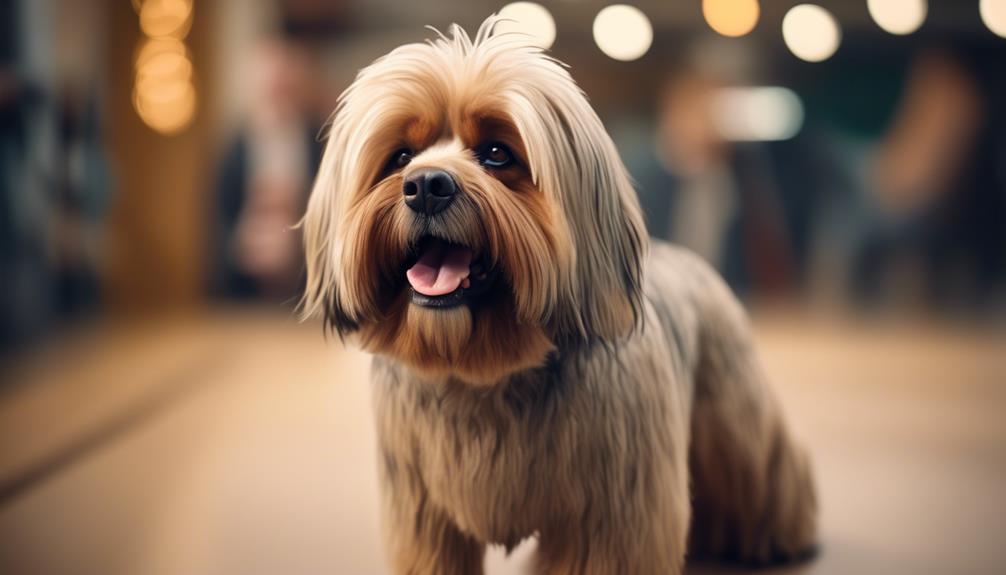
When grooming a Chabrador, it's important to consider their dense, double-layered coat and specific grooming needs. The Chabrador has a waterproof coat that's short to medium in length. Regular brushing is recommended to keep their coat healthy and to remove any loose hair. This breed may shed moderately, so be prepared for some shedding throughout the year.
Bathing should be done as needed, using a mild dog shampoo to avoid drying out their skin. It's also important to regularly check their ears for any signs of infection or wax build-up and to trim their nails to keep them at a comfortable length. Additionally, dental care is essential for maintaining their oral health, so regular teeth brushing is recommended.
Chabrador Lifespan
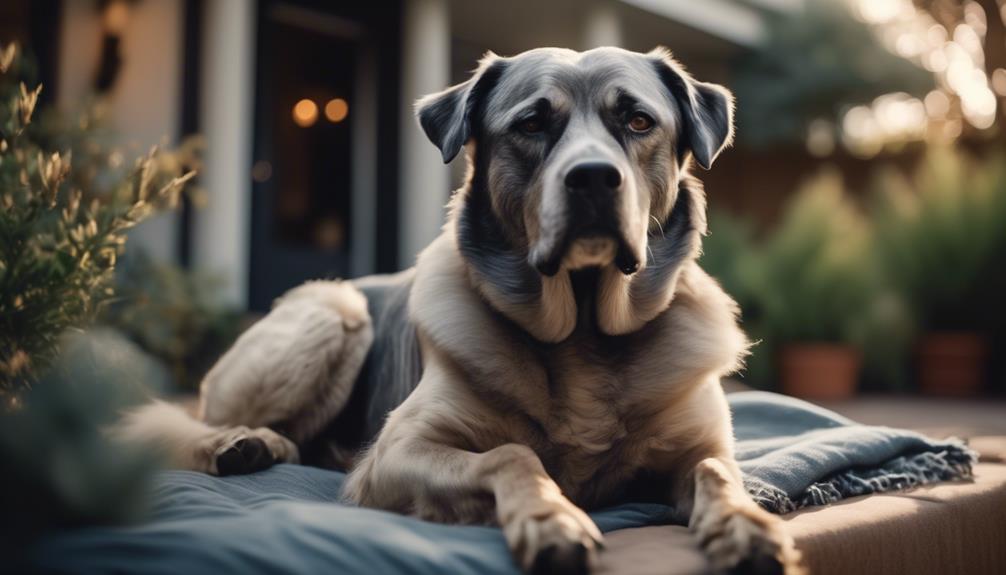
The average lifespan of a Chabrador, a mixed breed dog that combines the Chow Chow and Labrador Retriever, typically ranges from 10 to 15 years. This lifespan can vary based on various factors such as genetics, diet, exercise, and overall health care.
It's important to provide your Chabrador with a balanced diet and regular exercise to promote their overall well-being and longevity. Regular veterinary check-ups are also crucial to detect and address any potential health concerns early on.
Chabrador Adoption and Rescue Options
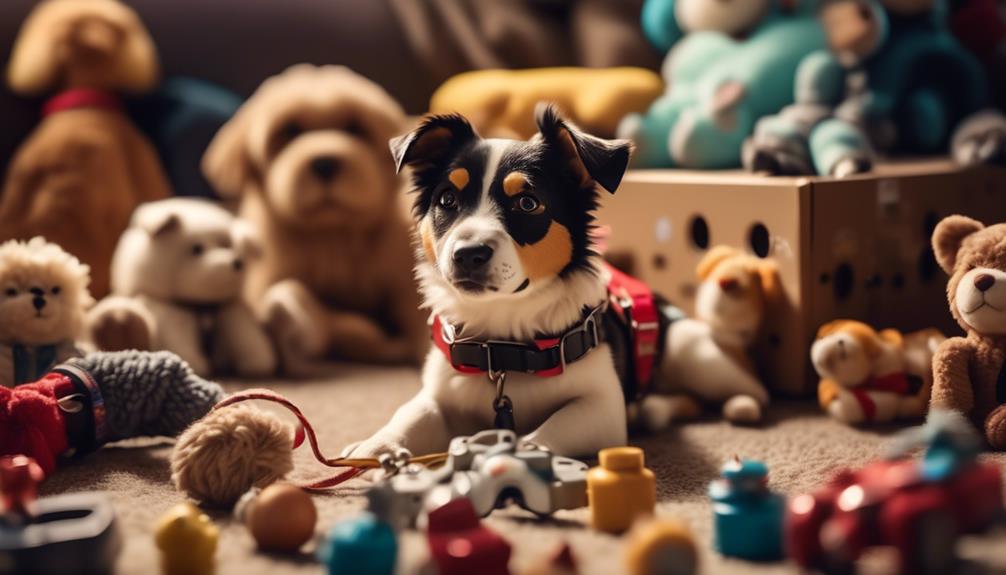
Consider adopting a Chabrador from a local rescue group or shelter to provide a loving home for a mixed breed dog that combines the Chow Chow and Labrador Retriever.
Many Chabradors end up in shelters, making adoption a great option. By adopting, you not only give a Chabrador a second chance at a happy life but also free up space in the shelter for other dogs in need.
Rescue groups and shelters can provide you with information about available Chabradors, their personalities, and any specific needs they may have. Additionally, adopting a Chabrador from a rescue group or shelter is often more cost-effective than buying from a breeder.
It's important to note that adoption requirements and fees may vary, so it's a good idea to contact your local rescue groups and shelters to inquire about the adoption process.
Frequently Asked Questions
Are Chabradors Good Apartment Dogs?
Chabradors can be good apartment dogs. Consider their size and energy levels, as well as their ability to adapt to smaller living spaces. They can form strong bonds with their families and exhibit good behavior towards neighbors when properly trained.
How Do Chabradors Handle Being Left Alone?
Chabradors may struggle with being left alone due to their tendency to bond closely with their family. They can become anxious and exhibit destructive behavior. Consider if someone can be home during the day or if you can take them to work.
Do Chabradors Tolerate Cold Weather Well?
Chabradors have varying tolerance for cold weather. Breeds with short coats and no undercoat may be vulnerable to the cold. Consider your area's climate and the specific Chabrador's cold tolerance when making a decision.
Can Chabradors Handle Hot Weather?
Chabradors may struggle with hot weather due to their dense, double-layered coats. They are more vulnerable to overheating, especially those with thick, double coats. Consider the breed's tolerance for hot weather when choosing a Chabrador.
What Are Some Common Health Issues in Chabradors?
Common health issues in Chabradors include cerebellar abiotrophy, cataracts, patellar luxation, and hip dysplasia. Regular veterinary checkups are important to detect and address any health concerns early. Consult with your vet for specific recommendations for your Chabrador's health and wellness.
What Are the Similarities and Differences Between Chabrador and Drentsche Patrijshond Dog Breeds?
The Chabrador and Drentsche Patrijshond dog breeds both share a strong and loyal temperament, making them excellent family pets. However, the Chabrador is a mix between a Labrador Retriever and a Chow Chow, while the Drentsche Patrijshond dog breed hails from the Netherlands and is known for its hunting abilities.
Conclusion
In conclusion, the Chabrador is a remarkable mixed breed dog that offers beauty, intelligence, and adaptability. Whether you live in a spacious house or a cozy apartment, this breed can thrive with proper care and training.
With their striking appearance and medium size, Chabradors make for wonderful companions in various living situations. Consider adding a Chabrador to your family and experience the joy and love they bring to your home.




